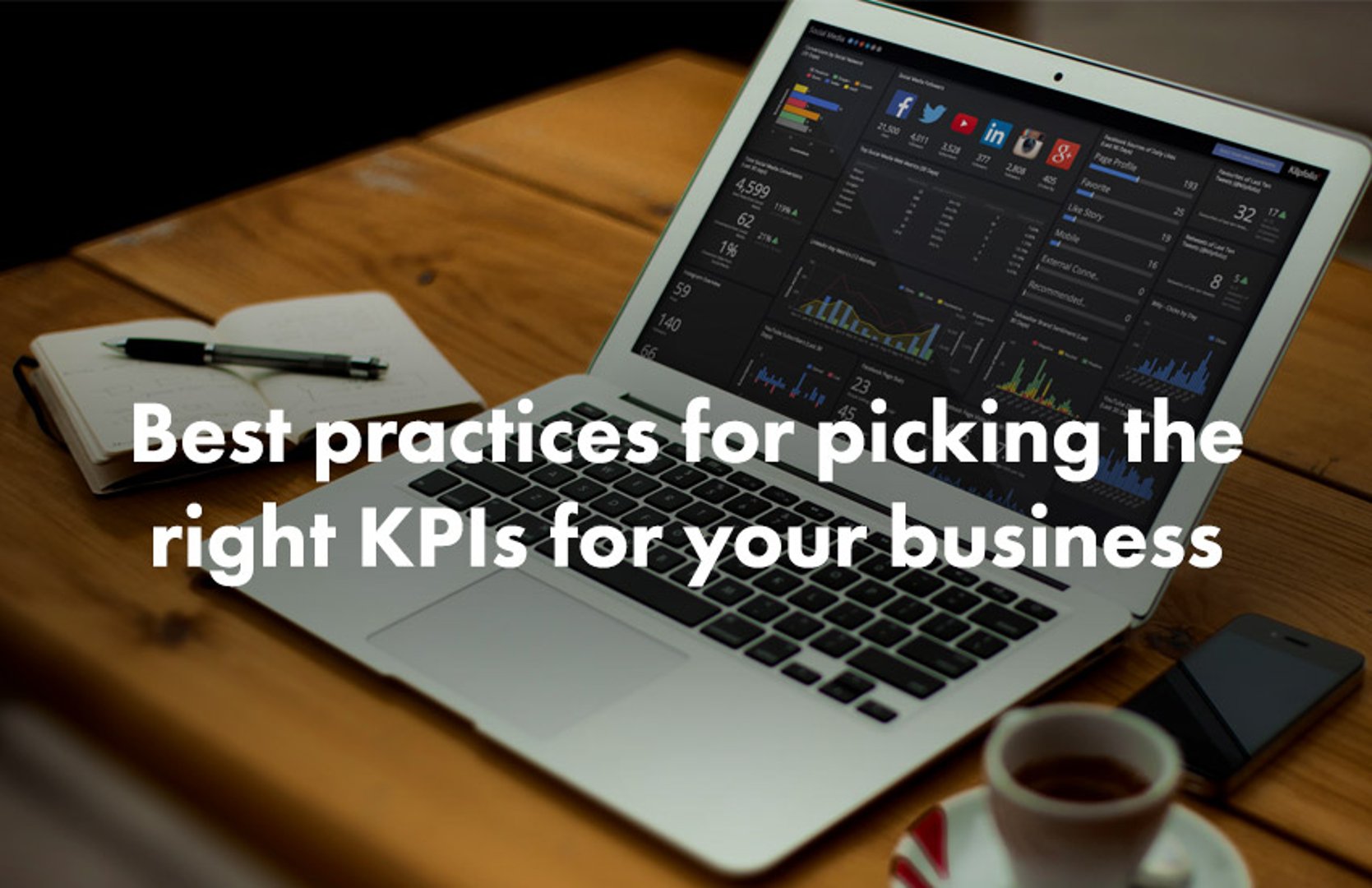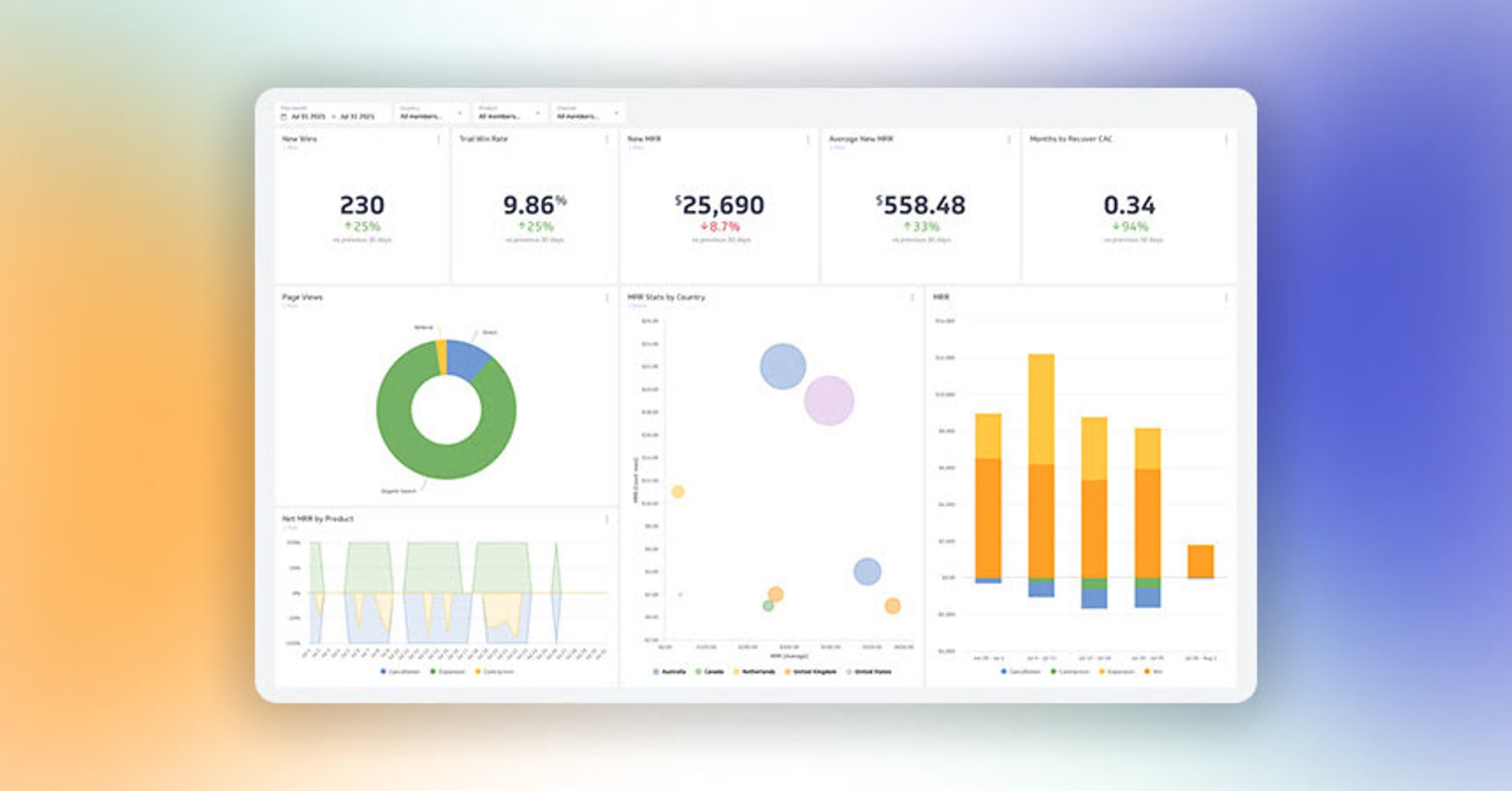Best practices for picking the right KPIs for your business

Published 2023-04-09
Summary - The metrics that are key to business performance can mean the difference between long-term growth and profitability, and a short business lifecycle.
Data and metrics are everywhere, and so are so-called “Key Performance Indicators” (KPIs) - metrics that signal that a business is performing well (or not). Measuring and monitoring business performance is critical, but focusing on the wrong metrics can be detrimental (as time and money are spent measuring, monitoring, and trying to optimize metrics that don’t matter much). So can be poorly structured KPIs or KPIs that are too difficult and costly to obtain or to monitor on a regular basis.
So what makes business performance indicators “key,” and how should a business owner, executive, or manager select them? Here are six factors that separate effective, value-creating KPIs from detrimental, value-diminishing KPIs. The right KPIs for your business will be:

1. Pick KPIs that are aligned with your strategic business objectives
With the strategic goals and objectives of your organization. Business “performance” is relative and ultimately measured against an organization’s mission and goals. Key Performance Indicators must be grounded by these goals. But this task can be complicated by the fact that most businesses have short, medium, and long-term objectives simultaneously, and there can be a debate about whether top-down or bottom-up approaches to performance management should be adopted (i.e. starting with business success metrics and working your way down to customer success metrics, or vice versa).
Here are a few tips to help you navigate this complexity:
- Select different KPIs for different levels of management. Executives are likely concerned with medium and long-term objectives, management with medium and short-term objectives, and line operators with short-term objectives. Instead of trying to build KPIs that speak to all of these groups simultaneously, select KPIs for each user based on their objectives and the business decisions they’re responsible for. You may find Mark Flaherty’s discussion surrounding “hub and spoke” KPIs useful here. I also like Kent Bauer’s KPI “Business User Dilemma” graph (slide 8).
- Select KPIs that are informed by both top-down and bottom-up performance metrics. The most effective KPIs marry business objectives with the product-market fit (i.e. market receptiveness to a product or service). A perfect example of a KPI that can embody this marriage is Customer Referral Rate. This is a KPI that measures the proportion of current customers that refer future customers to a company. From the “bottom-up,” this KPI measures the satisfaction of a current client base, customer engagement, and brand loyalty. At the business operator level, it speaks to an effective marketing program (current customer nurture program) and the effectiveness of a sales and support team to turn new referrals into paying customers. Finally, at the management or executive level, Customer Referral Rate may be a sales KPI that relates to the strategic goal of X% organic, viral growth in a particular quarter. KPIs that are divorced from business success risk unprofitability and KPIs that are divorced from customer success are detached from reality. Try to marry the two.
- Avoid cookie-cutter KPIs. This one’s simple. Your business and its goals are unique, and so should your KPIs be. Meaningful KPIs won’t be found under the hood of your neighbor’s car (even if it’s the same model). You’re a different driver, you haven’t traveled the same road, and you’re traveling to a different destination now. Pick the KPIs that will help you get there and display them on your executive dashboard to ensure alignment across your organization.

2. Make sure the KPIs you pick are Attainable
There’s no point selecting a KPI for your business if the data behind the KPI can’t be obtained and surfaced to stakeholders or if doing so would be overly costly. In assessing the cost/benefit of selecting a particular KPI, ask yourself the following:
- What data points do I need to measure this KPI?
- What technologies and processes do I need to implement to access this data on a regular basis?
- What technologies and processes do I need to surface this KPI to relevant stakeholders and business operators?
- How much will all this cost, and what are the potential returns?

3. Be Acute in your choice of KPIs
KPIs should keep everyone on the same page and moving in the same direction, and they should be specific enough to inform specific actions. If a KPI is too high level or too vague, it can be interpreted in many different ways and actioned in many different ways. Customer Acquisition Cost to Lifetime Value (CAC/LTV) is an acute KPI, and it is useful to service businesses to the extent that decision-makers know and understand the data flowing into the KPI and have some control over it. Operating Costs are not an acute KPI and are not likely to be as useful in an operational decision-making sense.
In addition to being specific in your choice of KPIs, it is wise to limit the number of KPIs you choose to focus on. Here’s why:
- Limiting your selection of KPIs forces you to think long and hard about the KPIs that are truly “key” to your business, the metrics that are truly critical to your success.
- The fewer KPIs you have to focus on, the more you will be focused on them.
- Continuously optimizing KPIs can take a lot of time and effort, and it can be costly. The more KPIs you have, the more time and money it will cost you to monitor and optimize them.

4. Pick Accurate KPIs
Another important consideration in selecting KPIs for your business is the accuracy of the data flowing into the KPI and the reliability of the KPI in predicting business performance. In relation, ask yourself the following:
- Does the KPI include all relevant information? Let’s return to Customer Acquisition Cost (CAC). To get an accurate reading of CAC, you’ll likely need to pull in and aggregate data coming from a variety of sources – marketing, sales, and admin spend, and perhaps some overhead costs as well. This data might come from marketing platforms like Adwords, Excel spreadsheets, your CRM (such as Salesforce), and/or accounting software like Xero or Quickbooks. Getting an accurate CAC reading necessitates pulling in all this information, aligning it, and surfacing it in a single metric. Needless to say, this process can be complex and require IT support, and there is a lot of room for error (both human and technological); faced with these challenges, you may be tempted to discard or ignore important data sources that are hard to fold into the metric. This can throw off the KPI reading and, if actioned, do more harm to the business than good.
- How accurate is the KPI in reflecting and predicting business performance? If you’re on track in every conceivable way, but you’re KPI is off track, ask yourself again if it is truly a “key” performance metric.

5. Select KPIs that are Actionable
One of the most important considerations that should inform your selection of a business KPI is whether or not the KPI is actionable. Consider a double litmus test: can (at least some) of the events grounding the KPI be controlled by the business? If the circumstances fuelling the KPI are all out of the firm’s control, then the KPI can’t be actioned. Second, is the KPI structured and presented in such a way, and to the right people, to incite action?

6. Pick KPIs that are Alive
It’s easy to get comfortable with a group of KPIs that you’ve depended upon for an extended period of time, but your business isn’t static, and your KPIs shouldn’t be either. Take the time to review your reasons for selecting specific KPIs periodically. Do these reasons still hold true? Has your business or the context within which it operates changed? Can your KPIs be refined to suit these changes?
At the same time, you should periodically review your processes for monitoring and acting on your KPIs. Are decision-makers watching and working to improve them? Do they have the right tools to do so? Is your KPI ecosystem supporting data-driven decision-making and improving business outcomes?
Data, metrics, and “KPIs” are everywhere, and it's not hard to be disoriented and lose focus on the metrics that are truly mission-critical to your business. Within this context, taking the time to think critically about how and why a particular KPI is “key” to your business is more important than ever. Learn how Klipfolio turns your data into insight.
Picking the right KPIs – References
- Lee Schwartz - KPI Best Practices
- “Guide to Key Performance Indicators : “communicating the measures that matter” Price Waterhouse Coopers
- Kent Bauer, The Performance Group: The Search for a Holy Grail: Best Practices for Defining KPIs
- Best Practices for Selecting KPIs
- The True Measures of Success
Also, see:
Related Articles

17 KPIs Every Data-Driven Manager Needs to Lead Their Team
By Danielle Poleski — October 14th, 2025
Top 10 Marketing Dashboard Ideas For Tech Companies

7 ways to present KPIs that your management team will love
By Danielle Poleski — September 25th, 2025

